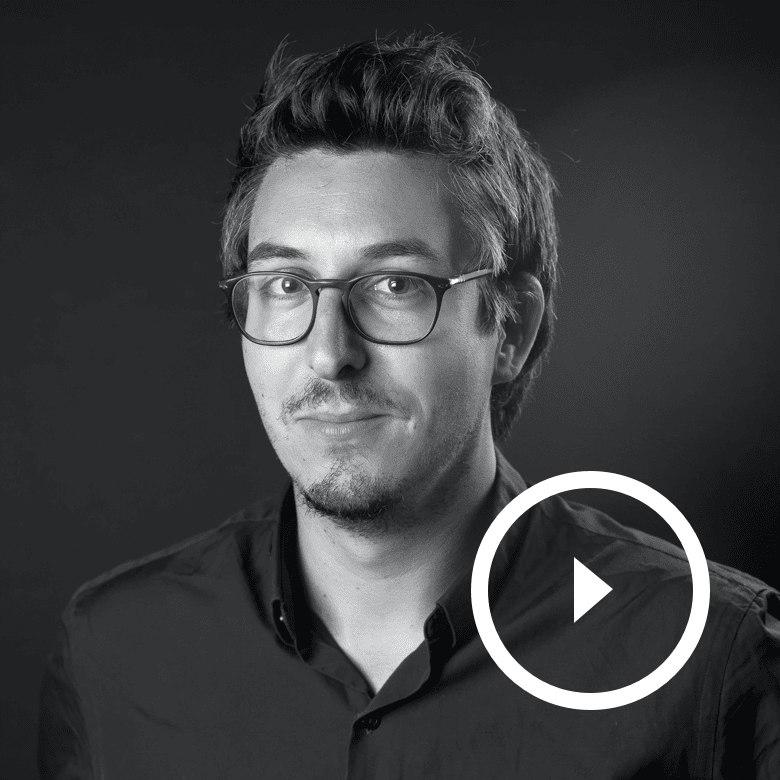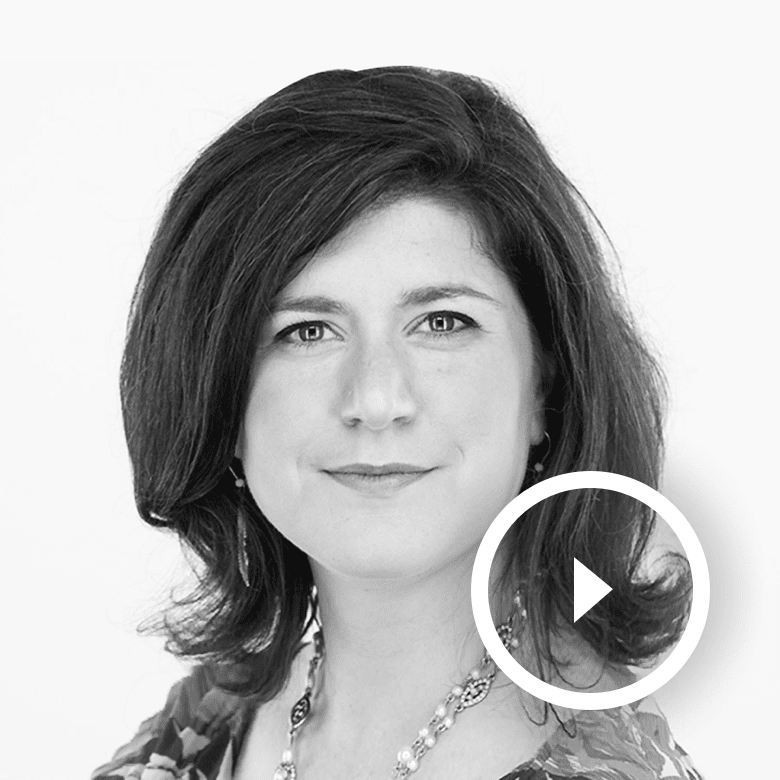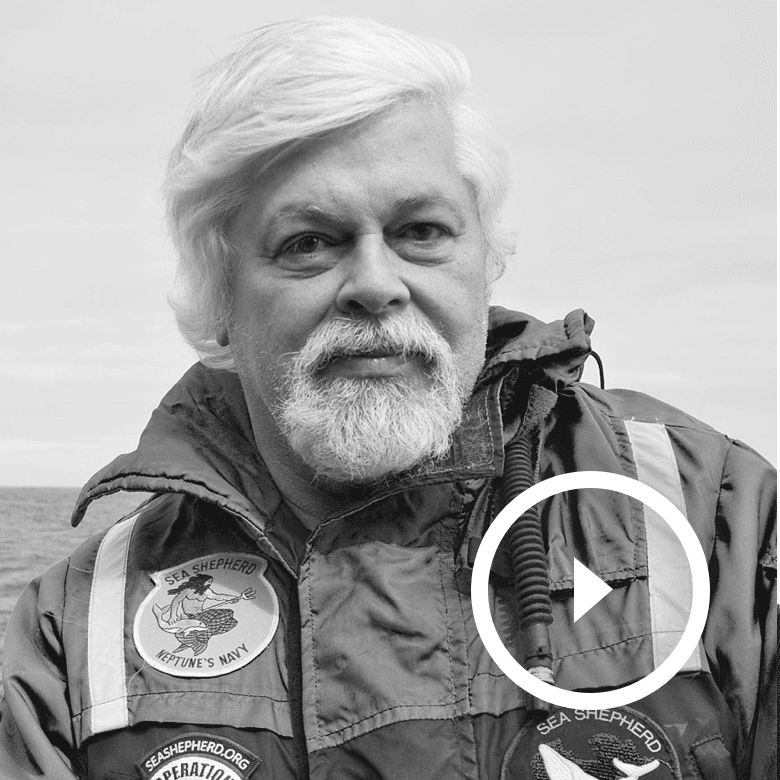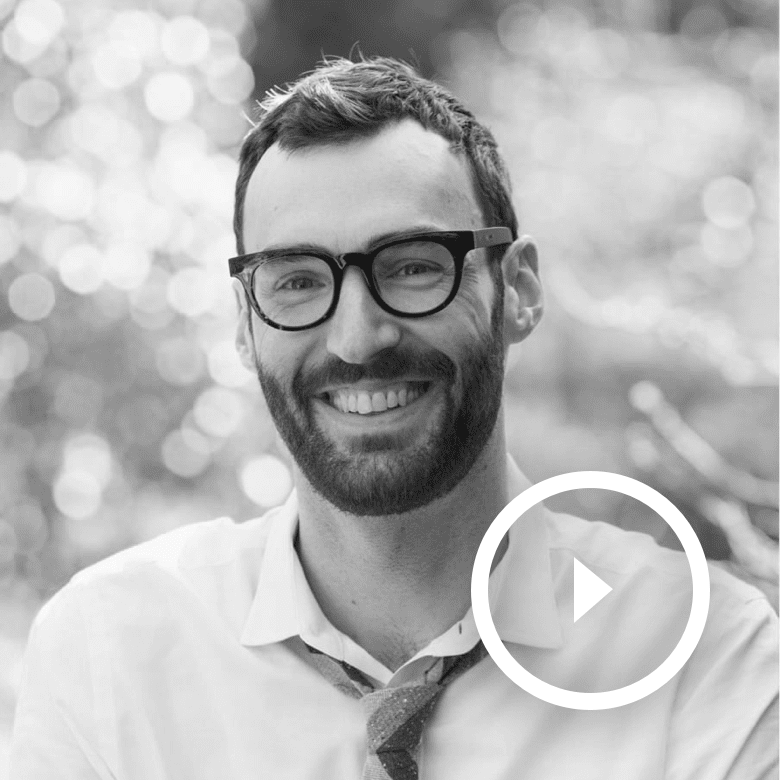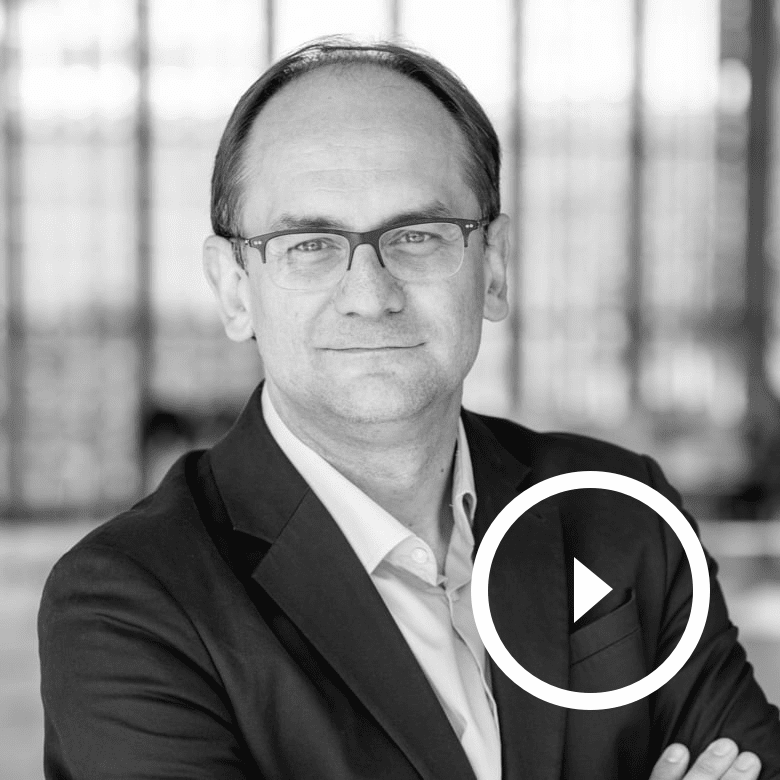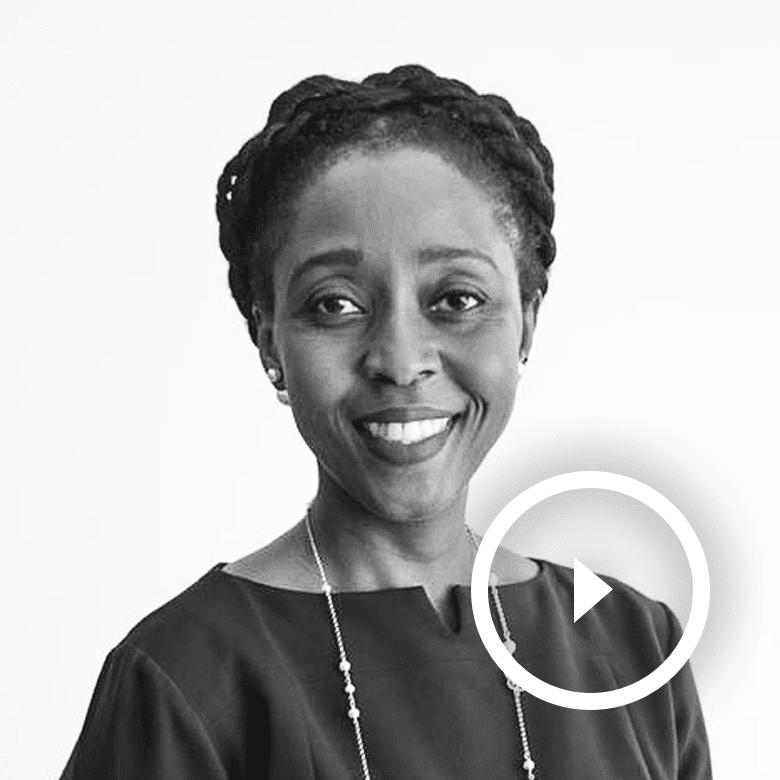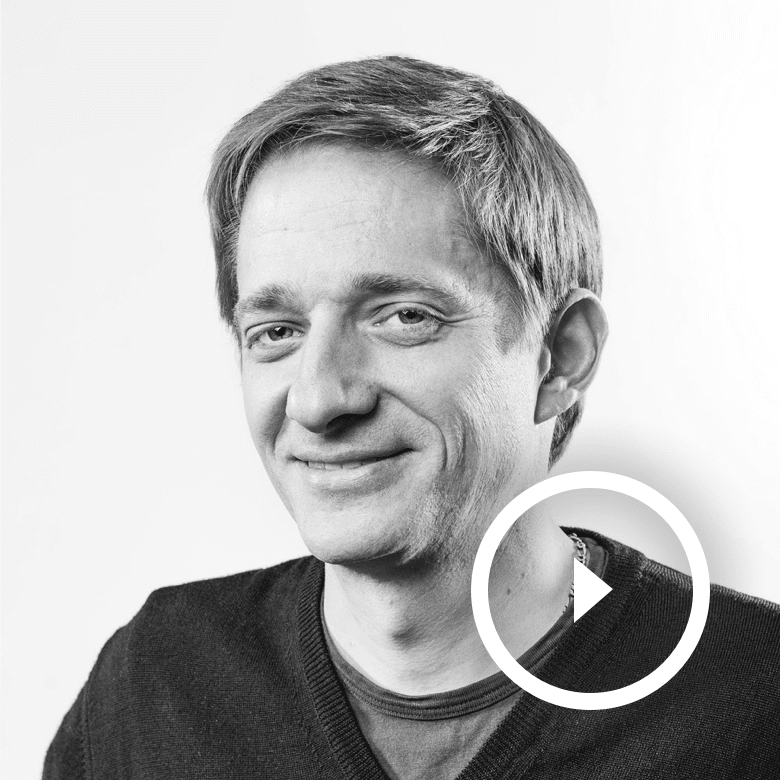Surya Vanka
Founder of Authentic Design, former director of user experience at Microsoft
Solve problems at scale & Design Swarms
Founder & Chief Designer at Authentic Design | Former Director of user experience at Microsoft (USA)
Surya Vanka is a transdisciplinary designer who has worked at the leading edge of physical and digital experiences. He is founder of Authentic Design, president emeritus of the Seattle Design Festival and was chair of Interaction Week. Surya was director of user experience at Microsoft, a tenured professor of design at the University of Illinois at Urbana-Champaign and a fellow at the prestigious Center for Advanced Study. Surya is creator of Design Swarms method, a lightweight design technique used in business, non-profit and education worldwide, and has been used at companies like Amazon, Amgen, Autodesk, Callison, Deutsche Bank, Lilly, T-Mobile, Microsoft, and REI.
Surya won the Microsoft Engineering Best Practice Awards twice, Ohio State University 50th Anniversary Distinguished Design Alumnus Award, Microsoft Achievement Award, Accessibility Achievement Award, World Brand Congress Leadership Award and several other industry recognitions. He is member of Word Design Organization, served on the jury of global design awards like Singapore Design Mark and on the boards of organizations like the Design Management Institute, Seattle Interactive and Design in Public. He frequently keynotes speeches at the most prestigious conferences and has won top speaker awards three times. His work has appeared in numerous publications and news programs, including TEDx, Form, I.D., Design Council, WIRED, Interactions, the BBC and National Public Radio. Surya is the author of two books on design, several publications, and has taught design on every continent but Antarctica.
Hello everyone so for this next talk we needed to invite our good friend Surya
Vanka because he’s an outstanding design thinker he’s a powerful speaker and
yeah overall he’s such a great man he’s the founder of authentic design
president emeritus of the seattle festival design festival and he was the chair
of interaction the interaction week of ixd surya was also director of ux at
microsoft and professor of design at the university of illinois he’s the creator
of design swarms that is a method a lightweight design technique used by
businesses non-profits and education worldwide so he’s going to talk about that
of course and he has been running design forms in companies like amazon autodesk
deutsche bank or of course microsoft his work has appeared in a lot of
publications including tedx wired the bbc soya is the author of two books on
design and has thought design on every single continent on the planet but
antartica, so from seattle usa please welcome mr Surya Vanka
Thank you Steph uh hi everybody it is uh such a pleasure to be here and uh i
really want to thank steph for uh creating this great opportunity for all of us
to come together uh as uh step mentioned we are i’m calling reaching you from
seattle that’s a view uh not the exact view out of my window but close to that
you know maybe not quite luzon but not too bad either so uh in the next few
minutes what i want to share with you is some thoughts on solving problems at
scale and particularly using swarm creativity now i’ve got to say i am a little
bit uh overwhelmed because it’s such an honor to share the stage with one of
your heroes right i followed captain watson’s work since i was a student a
design student a long time ago and he you know it’s so amazing to be on the same
stage as him and also following that fantastic talk by katie but uh let’s go and
dive into it so as uh steph said i run a consultancy called the authentic design
i’m an industrial designer and an interaction designer and i worked in the world
of consulting and corporate design and academia so what i’m hoping to cover
today is to talk about some emerging problems of scale some of very large scale
and my contention is that there is something very powerful called swarm
creativity that helps us to take on these problems and then i want to talk about
this particular moment that we are in of covid where covet can be a laboratory
in which we create the new and that new that is emerging my contention that new
that’s emerging is really Design 4.0 so i’m going to have a some a smattering of
talks a thoughts and then i’m hoping we can have a conversation so that’s my
goal
so before i jump in i think it’s really important to start with what we believe
in so these are my beliefs my beliefs are all lives are equal and all people are
intrinsically created of course when i’m saying that i’m already challenging the
notion of a creative class that there is a certain minority of people who are
the creative class and saying it’s actually all humans are intrinsically
creative and i believe that when people can channel this creative power they can
do incredible things they can do incredible things for themselves for their
families for their communities for their towns their villages their countries
perhaps even for the world so there is this important thing called human
creativity but not everybody gets a chance to unleash their raw human creativity
and i think there’s a key and that key is this thing that a lot of us in this
room are familiar with the design thinking process it is this magical elastic
repeatable rigorous precise process that is the key that can unleash raw human
creativity and drive it towards outcomes that stick and so my own mission is to
unleash the design thinker in every person and every organization to help them
to create value for themselves and for others and this has always been true for
me to my entire career it’s been really about unlocking that potential and using
design to unlock potential and create value um as steph mentioned i spent a
bunch of time at microsoft and really there the work that i had the honor and
pleasure of leading and being part of was really to be able to use this process
this design thinking process to really drive lead participate uh collaborate in
the reinvention of a company that was using design i also during this time got
to do something else which is again been such a privilege in my life which is to
not only help drive the product but to help change the culture of the company to
help really bake some of these thinking mindsets behaviors methods into the core
of this company right and while i was there i had this one incredible experience
that really shaped me and shaped the way i think about design we had a new ceo
uh ceo satya nadella who had taken over and one of the key things satya was
saying was i want this very large technology company of 120 000 people i want us
to behave like a small startup so we need to use all those behaviors of agility
and design and do that and so he said we are going to change the way we do work
and one of the things that i want to do is yes i’m sorry like we’re wondering
are you sharing slides or not we don’t know oh my goodness oh my god i didn’t
get to step you oh my goodness i am so sorry i don’t know how that happened yeah
so yeah it’s the big green button yes that was lame i did hit the green big
green button but i don’t know what had happened there okay so yeah so so yeah
it’s telling us that uh don’t worry so yeah the message was still clear let’s
just do that again it’s okay saying that you are inspiring even without slide
all right thank you for your kindness in that and all right here we go and how
about i just uh so we don’t feel like we missed anything in the slides i’m just
going to show you the last couple of slides so here this is the first slide
really where i was talking about uh microsoft and then i talked about helping to
change the culture of microsoft my apologies everyone maybe it keeps it
interesting right so one of the incredible opportunity is it is it all good in
the slides yeah it’s perfect okay well we just lived a zoom moment uh all right
so one of the im incredible opportunities that uh i had with this new ceo uh
mission was really to question one of the core things that the company did was
to have an annual company meeting and satya was saying let’s do it with that and
let’s create a hackathon and a hackathon where everybody in the company comes
together and they hack so we said you know let it we’ll stop work for two days
and we will hack and so eventually what happened was 15 000 employees in 230
cities in 80 countries for 38 hours came together and worked on 3 000 hack
projects using a designerly process and an agile process and i got to be part of
the team that built this and for me this was an incredible moment where i had
such an epiphany because there were these projects that completely changed the
way i thought about innovation thought about design thought about agility and
there was one project in particular that really made me think and question uh
design and innovation and this was called the eye gaze project where there was a
small team of folks who were taking on this incredibly hard problem of how to
create something that would provide dignity and independence to somebody who had
als and to give them a way to be able to get around when they all the abilities
they had was the ability to move their eyes and this team did it they did it in
38 hours they did in 38 hours and what was so astonishing for me was to watch
that was not just this team but there are multiple teams that were creating such
results in this very short amount of time and for me having been part of many
innovation projects that go for two years two years or more and don’t really get
results to watch something show up so quickly it was amazing and as i reflected
on what was happening that there was a different set of behaviors where people
were coming at the problem from multiple different sides multiple disciplines
and they’re also watching each other and raising all boats and there was
something very different about the way that is happening when many teams helped
each other to raise what they were doing and i was personally getting very um
concerned like all of us and like uh captain watson was talking to us about this
particular moment they’re in that we find ourselves in this moment on the planet
what we could call the vuca moment right this moment of unprecedented volatility
unprecedented ambiguity unprecedented uh uncertainty change you know we have
never been at such a moment on this planet and i was really thinking about how
can one take some of these the magic of what i’ve seen in this swarm and be
taken outside because really you know this particular moment in history that we
stand at is unprecedented we find ourselves at a crossroad we are still at that
point where the windows open where there are two futures available to us there
is a dystopian future the dystopian future where we are overtaken by climate
change and all the various problems that face us and there’s still the window
open for a utopian future where we’re able to harness all the technology
creativity everything we’ve done for so many centuries to move to the place that
we want to be right but at this moment we don’t really know how this future is
going to unfold and so like all of us in this call this has been a preoccupation
for me and you know while i was working in the world of corporate i was also
getting very interested to look at how do i contribute to this you know because
if we look at what is happening in the world we live in a troubling time when we
look around we see a lot of challenges we see that there’s almost nothing left
pristine anymore in the natural environment we find plastic has found its way
into all our other neighbors on the planet those uh neighbors that paul watson
talked about they’re filled with plastic we are seeing continuities that of um
life that has been around for 50 60 million years going extinct the sixth major
extinction more than a hundred species are going extinct every week and all this
is turning around to come and bite us and we are also starting to see that you
know we are starting to see some real issues on the carrying capacity of the
planet we are about seven and a half billion we’re going very quickly to become
nine billion and we are starting to see that uh again as paul watson mentioned
you know we have finished we are we have the oil wars of the last century and
now the water wars are starting in this century and we are starting to see these
cities that have grown larger than countries so it’s you know it’s there’s some
bleakness there and these are some structural problems we’re seeing that the
very core of how we built our society around these consumer models are starting
to break down and never-ending growth is turning around biting us and you know
we are really having to question stuff so this is where we are right we’ve got
these thousands of wicket problems and we are faced with this particular moment
that we are at and so my uh interest and contention is so this thing of human
creativity this thing you know paul watson was calling it you know the three
things what did he mention he said passion courage and imagination imagination
human creativity that is the big thing on our side at this moment human
creativity and so how do we tap into it now i have a quarter of a century
unleashing the creativity of corporate teams of students of my clients and so on
so i was very interested how do we do that how can we use this thing called the
design thinking process to take this huge amount of creativity and actually turn
it towards outcomes the good news for us of course is that we have now turned
that into a heuristic a repeatable heuristic there’s a lot of we know that we
can go through a very systematic process and you’ve seen many of these
variations of this but we know we can go through this uh process and we can
guarantee results right the question is that you know this process right now is
really used by a minority it’s being used by a very small minority of folks who
self-select into something called innovation or design and so the hypothesis
here was is it really is there really a broader set of can everybody on the
planet actually benefit from this process and so i spent some time looking
around to see is there really human creativity and the answer is yes you know
the answer is a resounding yes because you know as i look around there lots of
cases around the world where this creativity is thriving and see these four
school girls that are nigerian none of them as a designer or a technologist but
they created this way of creating power from p turning urine into power right if
you look at this young man shubham banerjee who lives in the san francisco area
he saw a problem which you know that when folks don’t have vision they use
braille printers but braille printers cost about two thousand dollars or more
and he created one of the lego mindstorms for two hundred dollars and uh this is
the uh a young boy um richard turere a masai uh boy and like many maasai boys
his parents said you know uni in kenya uh can you go out and keep the cattle
safe from lions from being eaten and usually the way that is done is you put a
piece of poisoned meat the lions eat and that’s how your cows stay safe but
instead he said but richard’s saying i like lions and so he figured out a way to
rig up this contraption this uh guy who’s not gone to school he hasn’t heard
about design this contraption that he keeps um has blinking lights that keep
lines away so my point here really is so there is this creativity now the
question is how do you actually take this design thinking process and make it
available to everybody without having people having to go to design schools for
five years or seven years to do this and for me the breakthrough came when i was
traveling in australia i was in the middle of australia at the place where
there’s the oldest civilization the planet around this uh area called uluru and
this is the pittanjajara tribe who’ve been there for 25 000 years and they don’t
really have a written language but they have a thriving culture and that culture
is based on uh pictograms that are actually on that rock uluru the sacred rock
uluru and this is how wisdom is passed around problems are solved by sitting
around the rock and actually using a visual language what why that is important
is the visual is free language and is available to everybody and the second
thing is when cognition and creativity can get embodied outside in some way and
the visual becomes a great way then we can bring people very quickly to move
through creative processes so here was what i did with it i have created
something a map a process map of design called the design swarms map and in this
case this was something that is ten feet wide uh four feet high said you know if
we have this map can people who are completely nervous in design who don’t even
know there’s something called design could they use this map to solve their
problems and i live in seattle and there is a particularly hard problem in in
seattle where mayor declared an emergency which led homelessness among women
right and this was something that a lot of people had tried to solve and it was
really resisting uh solution so we took this map multiple maps got a few teams
together and then actually had folks who had previously experienced homelessness
over currently experienced homelessness to use these maps and they managed to
find a breakthrough solution to this particular problem in just a day and so
this was very encouraging that you can actually put this process out there and
people start using it and then i got the opportunity to start using this map in
a multiple different places and have others use this map to be able to take on
problems of cleaning up the water you know this is in new york to take on issues
or of water bone diseases this is in kenya looking at rainfall water harvesting
other places but the key thing that is emerging all of these places that when
there is an explicit representation of the process people that creativity just
naturally starts to come out and so this is kind of what it looked like when
people are working on these uh design swarms maps so the ideas are multiple
teams each of the museum app helping raise each other up by having this very
social process and this is what it looks like i discovered through a process
that through doing a bunch of this work and running many of these workshops that
there’s some problems that look like this where you have to do front-end
discovery other problems look like this which are a lot more about iteration and
then there’s some problems that look like this which are really complex hairy
problems right and a single map like this is not going to suit all of that so i
took that and turned it into a system kind of a lego kit of maps and now
depending on a profiling of problems if you got the shape of the problem you
could actually pick the right lego pieces as it were and piece them together to
create a problem-solving surface which could which could be as few as three maps
and those three maps would be something that run through the entire process in
just a day and so here you can see that you start with empathy and you end up
with solutions and this is what it looks like when these maps are filled out on
paper and to and the way the process uh works at this bare minimum uh process of
it is that people come together they form together they understand their
superpowers they bring just like that team who are creating the eye gaze project
what can you bring how can we enter the space with a sense of urgency to solve
the problem and bring different skills and then from there go to understand the
human that they are trying to serve and do that very quickly and use you know
very familiar methods but to understand and represent humans we are serving then
do a discovery through things like journey maps and channel understand
challenges understanding adaptations of what users do do an analysis of needs
extract the right kind of needs and from their defined goals this was a problem
where opioid addicts and front room physicians were working on the challenge of
how to prevent opioid addiction in ohio where somebody dies every 11 minutes
from the opioid crisis and then go through a systematic ideation process and
from that ideation process do some validation and eventually turn it and turn
the result into something that can be tested and can be pitched so that’s the
entire process and it was again i found that even this lego kit kind of approach
started to be very useful you could fly into some place this is where we’re
seeing mexico after the earthquake you could fly in do a very community based
designs forms workshop for very urgent problems have community members in this
case as a grandmother abuela wanna and her problems start to look at her
problems start to represent those using exactly the whole idea of journey
mapping and extracting needs defining goals defining um running ideation and all
of this is folks who have never come across design before but they are doing
this to solve problems and finally to be able to tap their creativity to come to
results and so it was you know such a privilege to be running this in corporate
to be running this for non-profits running in education and so on and then the
future happened covet happened and this became an interesting moment the future
changed almost overnight right suddenly we could no longer meet suddenly we were
locked up together and so this process which was about going into locations
creating a space where multiple teams came together with this paper-based
process to be able to solve problems it no longer was possible but also
something else is happening during kobe which is this extraordinary pouring of
global creativity around the world right we saw it everywhere we saw everyone
wanting to participate and the third thing that happened is of course we
suddenly got digitally all connected we got connected because we are on the same
networks using the same tools consuming the same content and we are for the
first time having this global pandemic our first global event and we also at
this time are globally connected and so this created all kinds of opportunities
and one opportunity was really to take this process of multiple teams together
working with passion to solve a problem and taking the design swarms process and
turning it digital uh using um one of our sponsors one of the sponsors for this
mural and miro and building it out on those so again folks are doing exactly the
same things that they were doing in various other uh workshops but the
difference here was i found i thought this would be a second cousin to the
workshops that i’m facilitating in person and i found actually that there are a
huge amount of advantages because when you’re working in physical space you have
to set up a room very carefully so folks have visibility to each other you have
to be careful how as a facilitator you manage the space how you take care that
large bodies don’t cover up a white board and that the big guy doesn’t push away
the little woman and you know standing from there but now when we have these
digital tools one of the things that happens is we can start to see invisible
leaders start to emerge in the process when everybody is it has visibility to
each other’s processes and so we can take the best of our sprint methods and the
best of these swarm methods and sort of move together other kinds of very
interesting things start to emerge which is now when multiple teams are working
together now we can start to see that teams can start to in a good way steal
ideas from each other start to build on ideas from each other so the social
process of not just a single team working through a process but multiple teams
in parallel working through it starts to get very very powerful because now that
we are not dealing with the constraints of physical space we start to get these
huge benefits of using the digital space we also start to see embodying happen
in a different way because now it’s possible to take knowledge and put it right
onto these surfaces we can put for example here’s a formula that we have of how
to write a perfect idea pitch right it’s represented right there or these are uh
ideas how to create a business model experience more technology more that people
can just drag and the beauty is that these start to become these living
repositories of knowledge you can also start to bake in certain values so this
is a design swarms process map on inclusive design and so here we see that
there’s not only doing of the work but also learning certain values
understanding how to recognize exclusion understanding what is an inclusive
persona so learning itself is now tied into this process very intrinsically not
just doing this is this amazed me i ran this in uh four hours with 12 school
kids uh who were taking on a problem with covid and in 12 hours and sorry in
four hours they actually came to solutions where they were doing things uh kids
from around the country were doing things like very sophisticated things like
doing ethical analysis of what they’re doing again this is the power of
embodying the uh knowledge into the canvases and having multiple groups work
together i found that to this process one of the powerful powerful things is how
we can start to convene global teams i see more of people around the world than
i see my neighbors today right i’m connecting it’s easier for me to connect six
thousand miles away than six feet away and so now we have this amazing
opportunity right off really having structured way that teams come inspire each
other form together and use these kind of approaches of swarm creativity the
same thing that is happening back there in that room with the igas project but
now at a global scale right now i’m engaged in a project with the this amazing
organization called the world design organization that is really initiated this
which is around reducing um violence against women focused on the asia-pacific
region working with the un and un women’s but here’s a beautiful thing this is a
two week long project it’s going on right now there’s tomorrow is a big
presentation there are over 100 participants they come from 37 countries there’s
six teams they’re 20 different facilitators and i have the honor of sort of
leading the entire facilitation process and pulling this together you know the
power of what we are seeing in this process you know which is going to have
incredible results is really this swarm creativity that we’re turning into
global swarms hungry to drive change hungry if we’ve given the opportunity and
now that our platforms have come to a point that we you know even if our
platforms are not fully baked they’re still kind of clunky still early but we
are able to kind of move the creative energies and with the right facilitators
really move towards solving problems so which brings us to this particular
moment which is very very interesting and you know again paul watson is talking
about you know the difference between change forcing change and movements i
believe a movement is starting then the movement that is starting is billions of
creative minds and now it is possible for billions of creative minds to take on
these thousands of millions of wicket problems we have so you know what is
important to notice here is change is not continuous change is discontinuous
there are entire decades where nothing much happens and then there are a few
weeks where entire decades happen we are in those weeks right now and as far as
design and innovation here is a change we are seeing if there’s design 1.0 which
was about changing you know design of communication products and then we went
into design 2.0 which is sort of in the world the corporate the idea of
organizational transformation and 2.0 3.0 we are moving to design 4.0 social and
planetary transformation and i believe the forces that drive that uh change are
and are really these notions of this organic swarm-like way that we worked where
multiple people work have visibility to each other we embody uh this kind of
working into these visible methods and that really puts us in a very in a place
of a lot of potential that we could be this design power planet taking on these
massive uh things um problems and just to sort of close on that you know they’re
really these huge problems that we have these problems of scale and so the thing
we have one of the ways that and the one that i believe in is this notion swarm
creativity and that this moment that we are in is such an important moment if we
pay attention you know i like what this there’s a hopi elder who talks about
this moment of kobe says you know you can do two things at this moment you could
think of this moment being a deep deep hole that we fall deeper every day or
this moment is a portal where we come out the other side and we come out the
other side stronger we come out and we don’t go back to the normal because an
old normal wasn’t that great anyway that we use this for this invention so and i
think in the context of what we’re talking about that thing that is happening is
design 4.0 is emerging at this point and with that i’d love to have a
conversation about this so i will go ahead and stop my share and hand it to
steph you know what you are so good uh so i definitely need to take you with me
when i go speak to the clients hey come hang out the places that you’re in i’ll
go anytime so sure so i have a personal question uh do you think that
governments or cities are ready to actually hire designers to fix big problems
like how is it in the us for example i think i think it is i think it’s starting
to happen i know we’re going to hear from kai a bit later kai is already engaged
in some of that right you know from the project with the eu end uh i’m engaged
in that i’m engaged with the city of seattle to create an inclusive city and we
are using sprint and swarm approaches to create an inclusive city you know we
have a brand new waterfront and because we have this big highway by the water
which got torn down and there’s a brand new waterfront we have this beautiful
waterfront and uh the city kind of saying let’s use design early approaches
let’s use print-like approaches let’s use form-like approaches to reinvent our
city with co-creation to make it more inclusive so we’ve got for example for
that you know we’ve got a vietnamese community of immigrants we’ve got a somali
refugee community and all that and we’re coming together and co-creating an
inclusive city great great so i will take some questions from the people in the
the room so we don’t have that much of time i know that serial has a question
for you are you here siri i am yes i’m here thank you very much um thank you
serena for this amazing talk my question is the following um i love the
presentation you’ve done about the swarm how do you actually um about i think
the main challenge today is always to go testing on the field it’s so easy to
spend so many hours to design design design getting more people to design ideas
but at the end the main problem remain always the same how do you how do you
actually uh tackle this this ultimate challenge at the end yeah there’s two
sides there excellent questions here you know because finally if what we do
doesn’t lead to outcomes then it’s a creativity exercise right which is fine but
that’s not what the moment needs the moment needs outcomes right there are real
problems that real real outcomes the windows closing right and so the two parts
do it right one is on the generative side and one is on the evaluative side
right so when we so typically the process has been designers create stuff and
then we create this thing this beautiful thing take it out put in the world and
say all right did i get it right right and then oftentimes no you didn’t get it
right and think okay i’ll go back and then i’m going to tweak it and i’ll put
out on the version did i get it right of course we’ve got a higher velocity as
we are starting to do these rapid experimentation but that’s a problem on the
generative side if we bring the people who are actually the beneficiaries the
humans who benefit from it we bring them into the process right we don’t
actually have to then model the humans and their needs because they’re already
in the process and that’s part of the swarms process is really co-creation right
that you can bring people into the process early and have them participate
because a process is no longer a mystery it’s explicitly defined so that’s on
the generative side and then there’s the evaluative side right so we all know of
mvps right that a great way of evaluating things is to create mvps go test them
with users i think in swarms what uh we use is what i call mbxs or minimum
viable experiences those story boards that i meant and show those are fully
testable instruments right so the cycle time is very very fast with this so in a
week you can go from starting from zero to in a week later having tested
something because you’re not even investing into mvp you can you can get a lot
back from just a narrative description because the beauty of these narrative
descriptions that are created by swarm teams is they have completeness check
right people who are going to the beneficiaries right there will be some folks
who help you create it and others who might not be in the room can very quickly
tell you whether it makes sense or doesn’t make sense did they answer your
questions here thank you perfect awesome thank you so much um i think we have
time for just one more question and uh thomas link has a great question for you
thomas do you want to to ask it hey syria thomas nice to see you here uh so i i
was wondering about scaling designing which is a great idea to solve problems
but we somehow come to current situation by design so how do you think do we
assure that scaling the design process and enabling even more people to solve
problems that we’re that is that is going to a better human condition so is
there something in us as our job that was one idea or is it about testing you
talked about testing yeah this is a this is this is an excellent question
because let me reframe uh that a little bit because i think it’s what you can do
so i went to design school in total with my undergraduate and my graduate i went
to design school for seven years right and that’s a lot of going to school to
learn this way of thinking these mindsets these behaviors these methods and so
right and obviously there is this notion of when you’re scaling design are you
saying that somebody can go for a one-day workshop or a two-day workshop and
then they’re going to gather this skill to be able to do that so there’s a real
problem how you scale the problem the dark side of the scaling is dilution and
we’re seeing that you know design thinking is an example of how that’s happening
right there is this people are often times as they are i took a one-day design
thinking class or a two-week design thing class i am a designer right no you
have got literacy that something exists in the world called design i think that
three different levels we have to talk about there is design literacy there’s
design mastery and there’s design fluency so there is to your second part of the
question is there a role for us yes facilitators have to be designed fluent
these processes don’t run un facilitated you still need a masterful design
thinker who’s also a masterful facilitator to create value right but you can
unleash the potential in a lot of people so it’s a really important question you
know because we don’t want to take something that is so sophisticated so
powerful and pretend that can be turned into a commodity this is the big
challenge design thinking and design doing there’s a lot of folks who have not
engaged in design doing who are somehow think uh by having become aware of
something called design thinking to mistake them to design thinkers and the
challenge of course lies that our discipline and our way of thinking does lives
in plain english or plain any other language doesn’t have a container of jargon
you won’t mistake reading an article about cardiology and say i’m a cardiologist
but you could read an article about design and say i’m now a designer i get it i
need to have empathy and then i need to create ideas and i need to do this so
that’s very core your question really cuts to the very core of what is the role
of designers as leaders so it’s a leadership question really how do we step up
to leadership of this global design project so did they answer your question
thomas yeah it would be great to continue this the discussion in networking
later on well i think we have the opportunity that’s lovely and and thank you
exactly setting up for a beautiful reason so yeah will you attend networking
later i will be there amazing so for uh thank you so much for that amazing
presentation so yeah it was really really uplifting and you know like we need
that positive energy and thank you so much for that so i would like a big round
of applause for surya in the news is that let’s go thank you folks apologies for
the beginning of the presentation great and uh we’re gonna have a very short
break and uh stay tuned for kai haley coming in few minutes [Music] [Music]
